A comeback for nuclear power
Long shunned, nuclear plants are getting a second look. Are they safe, clean, and efficient enough to start building again?

Long shunned, nuclear plants are getting a second look. Are they safe, clean, and efficient enough to start building again? Here's everything you need to know:
Is there a nuclear energy revival?
In most of the world, not quite yet — but there is certainly renewed interest. The combination of climate change and a global energy crunch caused by Russia's invasion of Ukraine is making nuclear power look much more attractive. Once hailed as a cleaner, more bountiful alternative to fossil fuels, nuclear power saw its prospects dim after the accident at Three Mile Island in the U.S., the Chernobyl catastrophe in Ukraine, and the meltdowns at Japan's Fukushima plant in 2011. Now governments are giving it a new look, hoping to ease a transition away from fossil fuels. California Gov. Gavin Newsom wants to spend $1.4 billion to keep the state's Diablo Canyon nuclear plant running. Meanwhile, the Ukraine war has highlighted how much the world relies on fossil fuels from repressive states. Germany had planned to shut down its last three nuclear reactors at the end of this year; it's now considering putting that off. Even Japan, which vowed to banish nuclear energy forever after the Fukushima meltdown, is mulling new reactors. "Russia's invasion of Ukraine has vastly transformed the world's energy landscape," said Prime Minister Fumio Kishida.
Is nuclear power truly clean?
It's complicated. Nuclear reactors produce no direct carbon dioxide emissions, making them appealing as a potential bridge between fossil fuels and renewable energy. But manufacturing the concrete and metal used to build nuclear plants is energy-intensive. Environmentalists worry that the potential benefits are too small to invest heavily in nuclear energy instead of jumping straight to safer, cleaner renewables. Large nuclear power plants can use up to 1 billion gallons of water per day, slightly more than fossil fuel-fired plants. There's also the persistent issue of waste storage: Most experts prefer disposing of radioactive waste deep within the earth, and Finland has even built about 100 disposal tunnels to create a giant tomb where nuclear waste will be laid to rest some 1,400 feet below the surface. "Any energy policy has pros and cons," said Eric Dawson, a grassroots campaigner at Nuclear New York. "The pros outweigh the cons on nuclear energy."
The Week
Escape your echo chamber. Get the facts behind the news, plus analysis from multiple perspectives.

Sign up for The Week's Free Newsletters
From our morning news briefing to a weekly Good News Newsletter, get the best of The Week delivered directly to your inbox.
From our morning news briefing to a weekly Good News Newsletter, get the best of The Week delivered directly to your inbox.
Are nuclear plants cost-effective?
If cost-effective means cheaper than alternatives, the answer has generally been no. In the U.S., nuclear costs ballooned in the 1970s after courts mandated additional safety and environmental measures. Cost is one of the reasons that nuclear plant construction in the U.S. came to a virtual standstill. The last plant to start up in the U.S. was Tennessee's Watts Barr; its second reactor was finished in 2016, and its first way back in 1996. The price of two new reactors at Georgia's Plant Vogtle — set to start operation in 2023 — climbed to more than $30 billion, double their original price tag. France has remained committed to nuclear power, which generates some 70 percent of French electricity. But there, too, costs have spiraled; the cost of the Flamanville 3 reactor, supposed to start up next year, has risen to more than $14 billion. However, some companies have started building small modular reactors that are cheaper and eliminate moving parts like pumps and valves that cause meltdowns.
Aren't wind and solar enough?
Solar costs have decreased by a startling 90 percent over the past 10 years, while the lifetime costs of new wind farms have dropped by 71 percent in that time frame. Stanford engineering professor Mark Jacobson believes the U.S. can power itself using only wind, solar, and hydropower by 2050. In April, wind and solar power combined to produce more electricity than nuclear power for the first time ever, according to the U.S. Energy Information Administration. But building the vast solar arrays needed to power the grid requires an expansive amount of landmass that, in many areas, is simply not available. President Biden has set a lofty goal of a zero-carbon electricity grid by 2035, and the newly passed Inflation Reduction Act is stuffed with incentives for renewables — but also significant tax credits for new and existing nuclear plants that allow them to "compete on a more even basis," said nuclear expert Brett Rampal. "This is definitely a win for nuclear energy."
Do people trust nuclear power?
About one third of U.S. adults favor the production of more nuclear power, while around 26 percent are against it, according to a Pew Research Survey conducted in January. Since then, Russia's invasion of Ukraine has sent global energy prices skyrocketing and made countries around the world — including nuclear-averse Germany, which relies heavily on Russian gas — reconsider their stances on nuclear power. People looking for a firm picture of nuclear power's safety may not get one: A new book by U.S. Nuclear Regulatory Commission historian Thomas Wellock argues that it's never been possible to reliably estimate the safety of nuclear power plants, and authorities have instead relied on "expert guesswork or calculations that often produced absurd results." And just one accident — conceivably even a catastrophe at Ukraine's currently besieged Zaporizhzhia nuclear plant — could change everything.
Are small modular reactors viable?
Last month, regulators quietly gave final certification to Oregon-based NuScale Power to begin constructing small modular reactors, or SMRs. Unlike traditional reactors, they can be built in factories and shipped away for deployment, where they are stacked with other reactors like beer cans. NuScale is licensing its reactor design to Utah Associated Municipal Power Systems, which plans to build a 12-reactor plant that could spur an "advanced nuclear" revolution. SMRs are also a big part of the nuclear plans of Russia and China, which plans to build at least 150 modular plants in the next 15 years. "SMRs as a class have a potential to change the economics," said Robert Rosner, a physicist at the University of Chicago. But critics argue SMRs don't produce enough electricity to justify the cost per unit — and the Utah project has already been forced to downsize because of cost overruns.
A free daily email with the biggest news stories of the day – and the best features from TheWeek.com
This article was first published in the latest issue of The Week magazine. If you want to read more like it, you can try six risk-free issues of the magazine here.
-
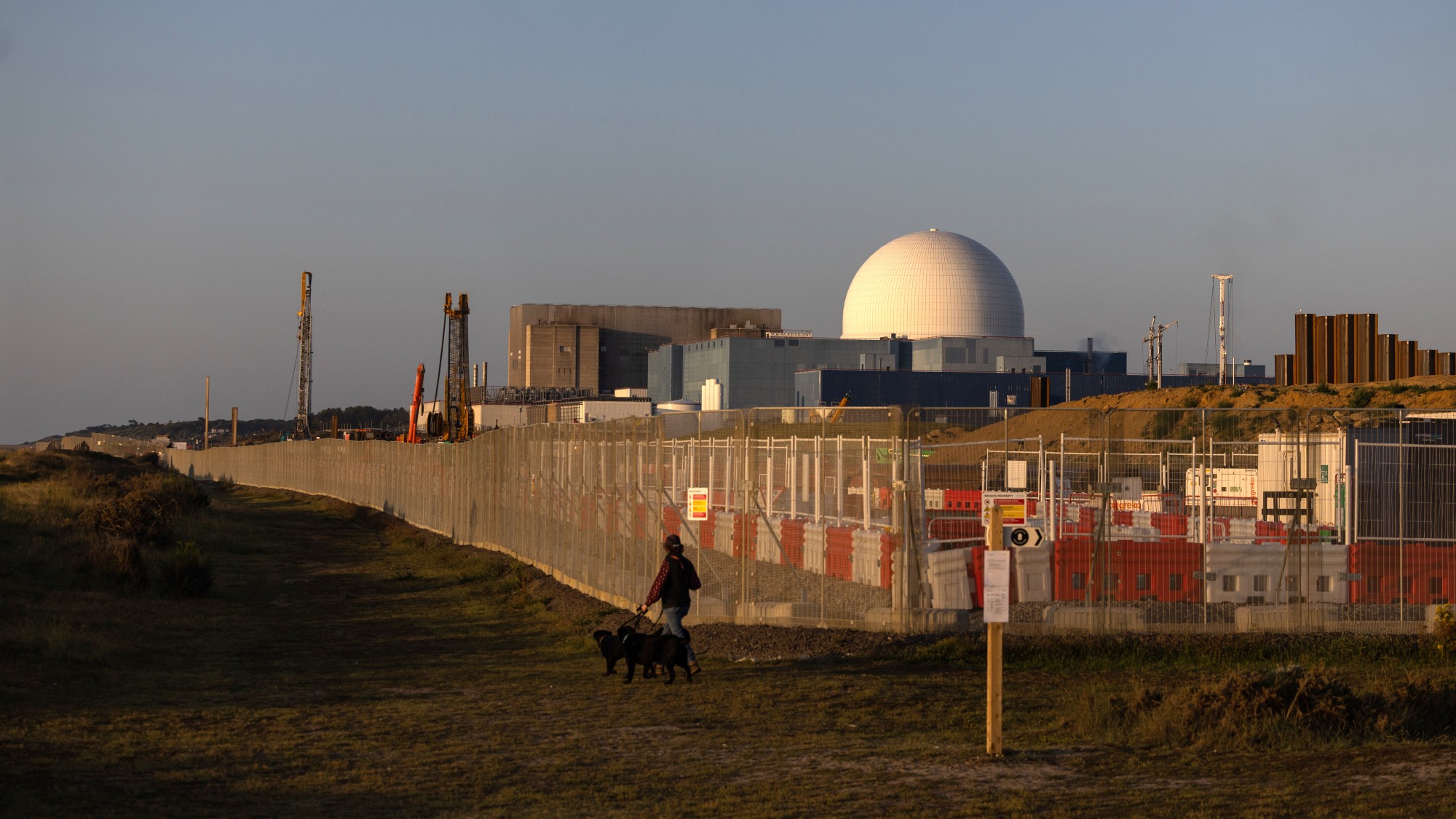 Are we entering a ‘golden age’ of nuclear power?
Are we entering a ‘golden age’ of nuclear power?The Explainer The government is promising to ‘fire up nuclear power’. Why, and how?
-
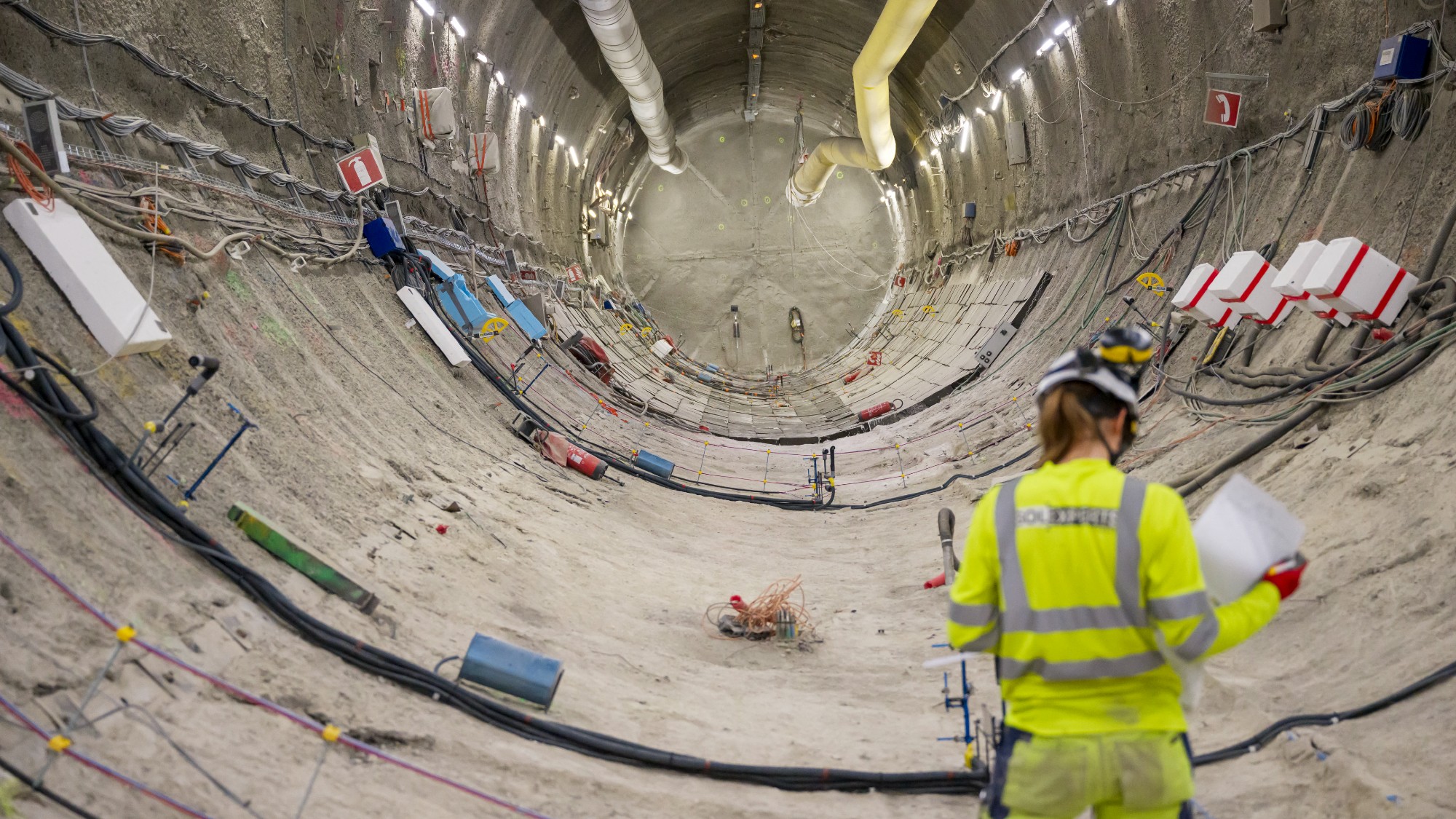 The UK's nuclear waste problem
The UK's nuclear waste problemUnder The Radar Safety concerns as 'highly radioactive' material could be buried in the English countryside
-
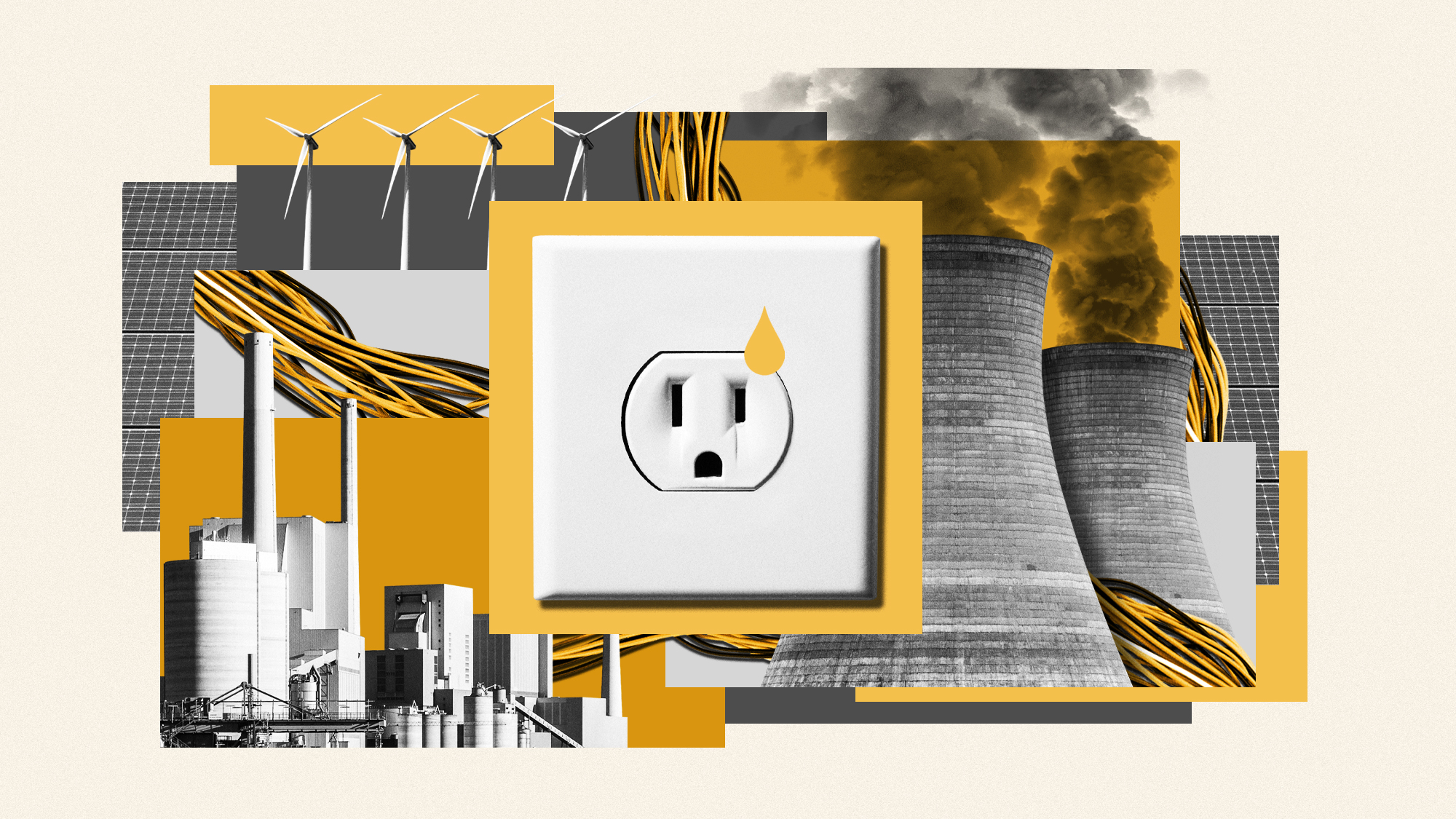 Is America running out of electrical power?
Is America running out of electrical power?Today's Big Question The nation's power grid appears to be reaching critical levels due to emerging technologies
-
 Why Biden is banning Alaska Arctic oil drilling now
Why Biden is banning Alaska Arctic oil drilling nowSpeed Read The Biden administration blocks drilling on pristine federal land in Arctic Alaska
-
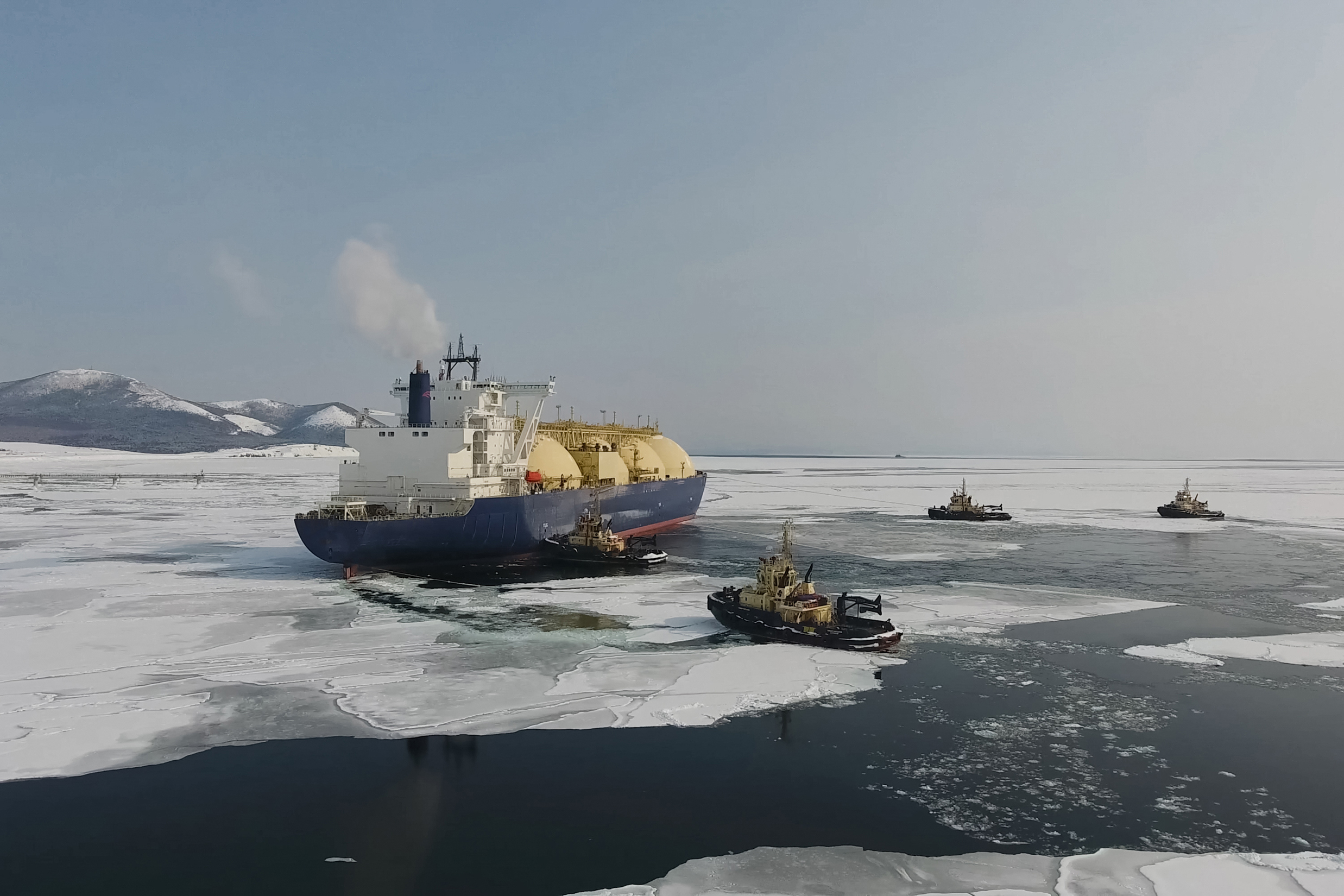 The new Cold War in the Arctic, explained
The new Cold War in the Arctic, explainedSpeed Read Climate change creates a new battleground for the U.S., Russia and China
-
 Climate anxiety is plaguing the world's youth
Climate anxiety is plaguing the world's youthSpeed Read Young people are worried the world will become "a harder, darker, scarier place"
-
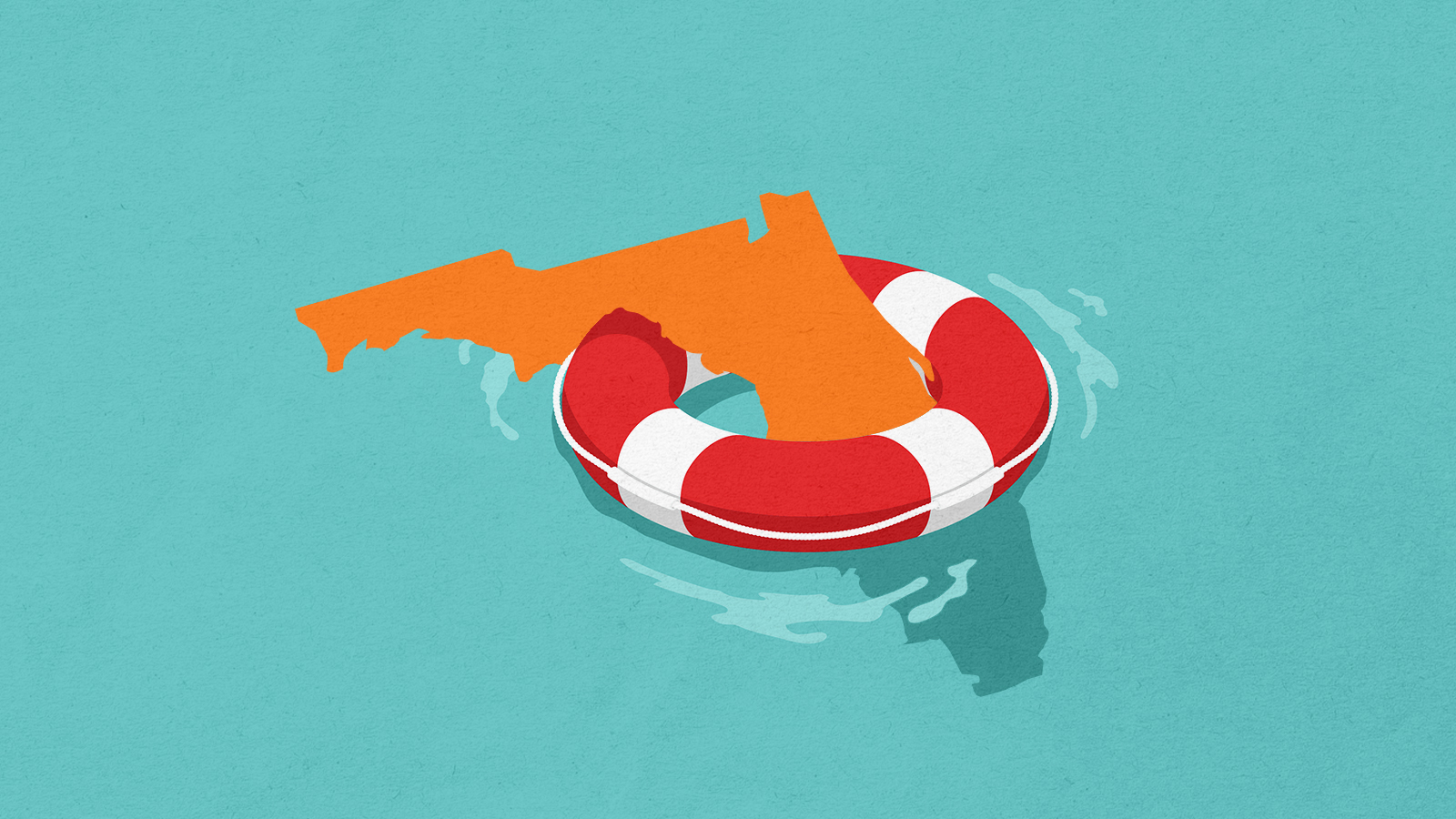 What climate change means for Florida's future
What climate change means for Florida's futureSpeed Read "The tide is coming in"
-
 The successes and failures of the COP27 climate summit
The successes and failures of the COP27 climate summitSpeed Read Help for poor countries, but no progress on carbon emissions


